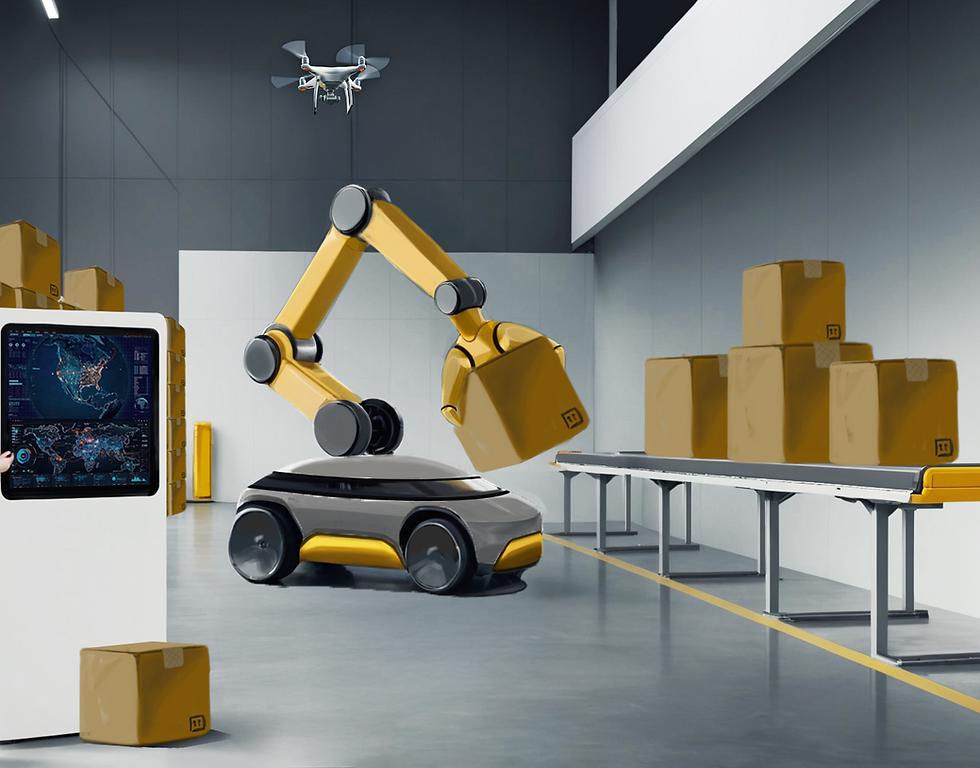LiDAR v. Cameras - The Autonomous Vehicle Race
- Motivo

- Feb 8, 2018
- 3 min read
Updated: Jul 22, 2024

Autonomous vehicles were considered unachievable until the development of LiDAR, which pushed the industry forward in rapid form. Since then, sensors and camera systems have tried to catch up, providing cost effective solutions where LiDAR was king. As these robust camera systems begin to show performance that begins to rival LiDAR performance, we looked at the pros and cons of each.
Capability
Autonomous car manufacturers have turned to LiDAR (Light detection and ranging), radar (radio detection and ranging), and ultrasonic sensors to provide the additional sensing needed for autonomy. These technologies are all active sensors that send out waves of energy to calculate how far away objects are. LiDAR and radar are thus essentially the same technology, operating at different frequencies (LiDAR being the higher frequency), while using sound waves makes ultrasonic sensors distinctly different from the other two.
None of these sensors are capable of seeing colors like a camera, but rather “see” distances. This capability makes them fundamentally different from a camera, and provides very useful information. Where a camera has to infer the distance of an object by its relative size and relative position to other objects the camera perceives, LiDAR, radar, and ultrasonic sensors know the exact distance to an object.
Any autonomous car still needs to have cameras, as they are the only way to read a stop sign, or tell the color of a traffic light but alone, they still fall short of human levels of perception.
Accuracy
As both LiDAR and radar use lightwaves, these two offer similar information to an autonomous vehicle, with a few notable differences. LiDAR is more accurate. Due to its higher frequency waves LiDAR is able to detect smaller objects and provides a more accurate measurement. This benefit is, however, also its challenge. LiDAR is inaccurate in snow, rain, and fog, as it detects these small particles in the air. Radar’s ability to see through these by using low frequency radio waves, as well as its lower cost, has made it a fixture on almost every autonomous vehicle.
Cost
Cameras have been the more cost effective option for some time, but with their increased capabilities, software licensing fees and intense development and training costs have made them no longer the cheap option. In almost any application, a number of cameras will be required, while often only one LiDAR system is required.
In comparison, the demand for LiDAR has driven development towards cost optimization, seeing progressively significant price drops. Coupled with the low development costs and low per unit requirements, LiDAR can present a cost effective option depending on the application.
Application to Autonomous Driving
For autonomous vehicles today, LiDAR is still a requirement. Camera systems still suffer from issues with lighting in a number of ways, so the higher price point of LiDAR systems are reasonable cautionary expenses with human life. But autonomous cars are still prohibitively expensive for widespread adoption. Before this happens, I think one of two things will have happened:
Camera systems improve to the point that LiDAR offers no benefit to the autonomous vehicle sensor package.
LiDAR becomes so cheap that the development cost of improving camera systems is far greater than that of adopting LiDAR.
Which of these will happen is hard to say with any certainty. Camera image processing has improved wildly over the past few years, but the cost of LiDAR has similarly dropped in response to the autonomous vehicle market’s craving. While LiDAR technology is strong and shows great application, investment in camera image processing will likely outpace investment in LiDAR significantly due to its wider range of capabilities. Autonomous systems, as they are currently designed, are meant to replace or supplement human workers— set up to be seen in colors and shapes, not distances.


